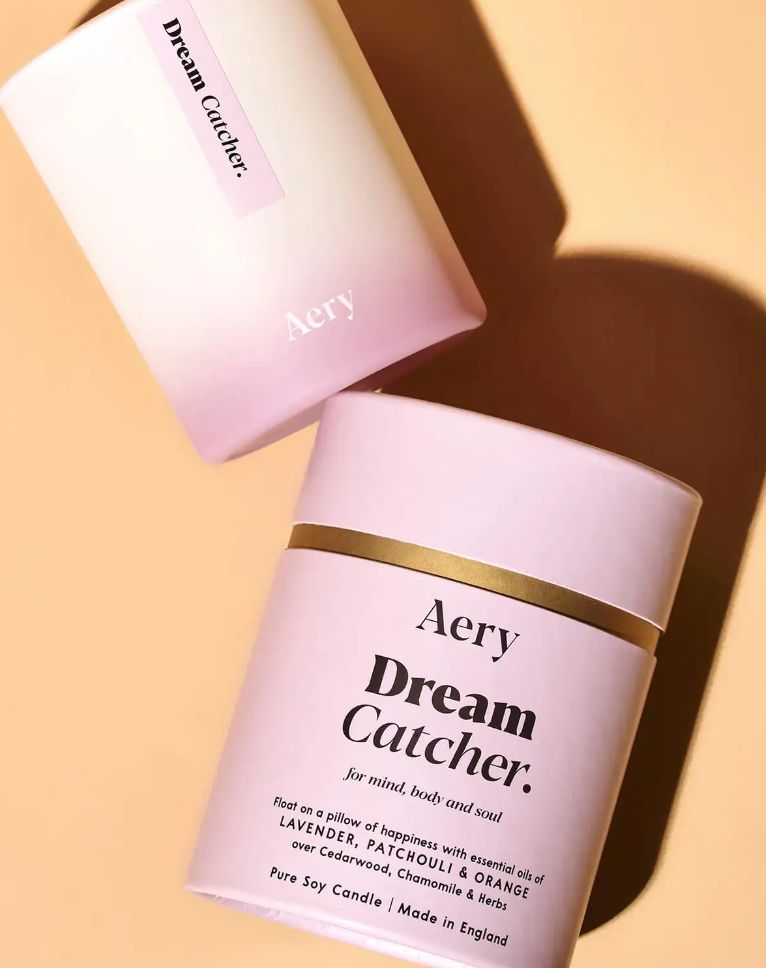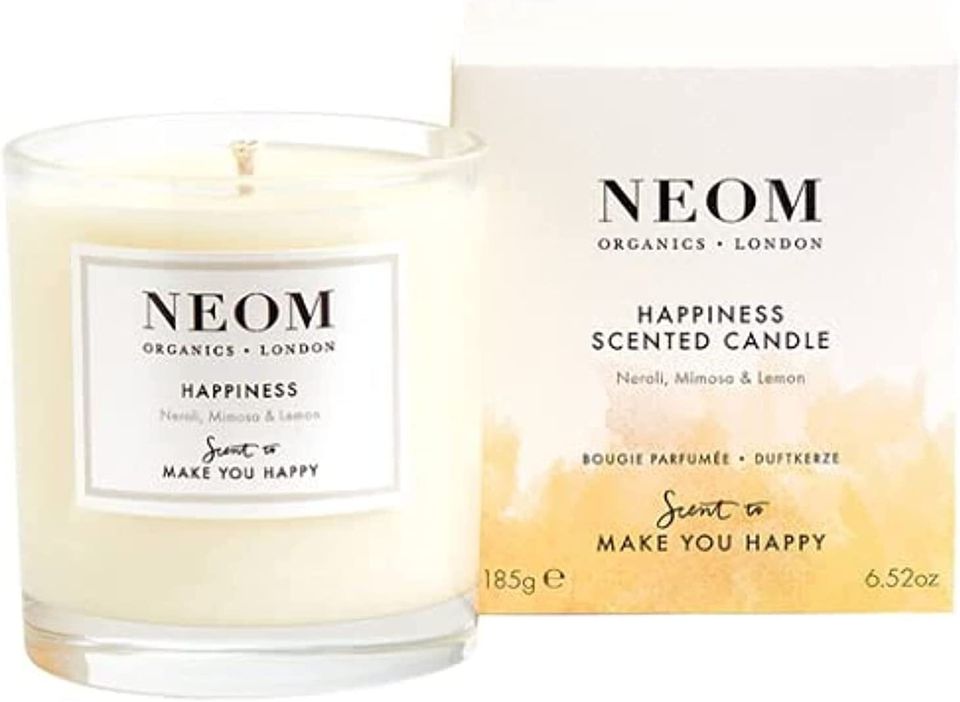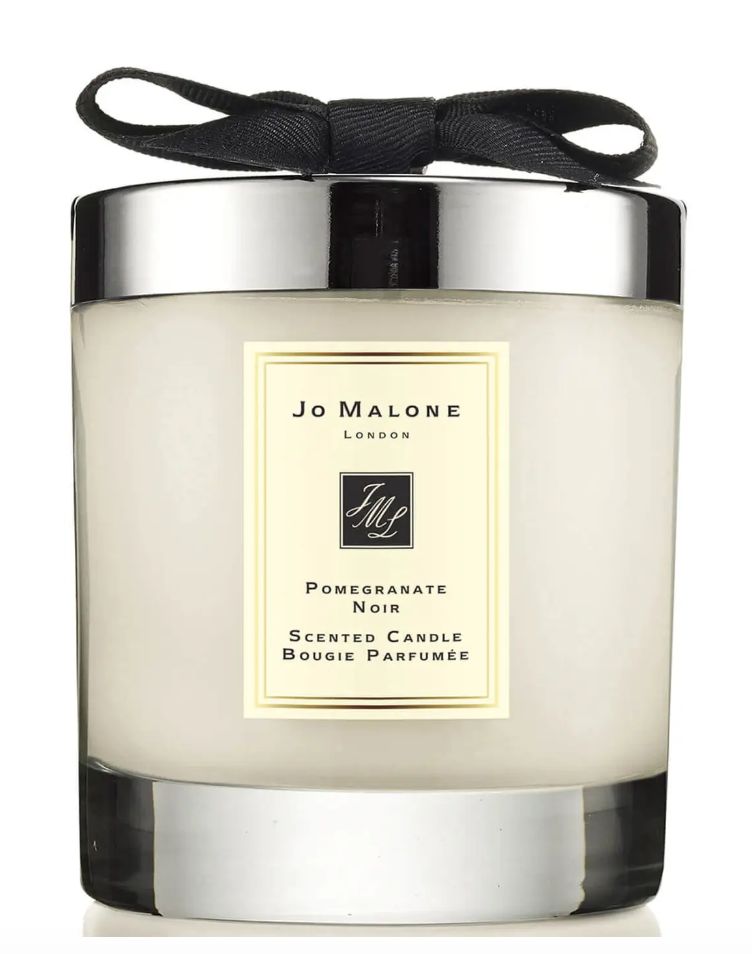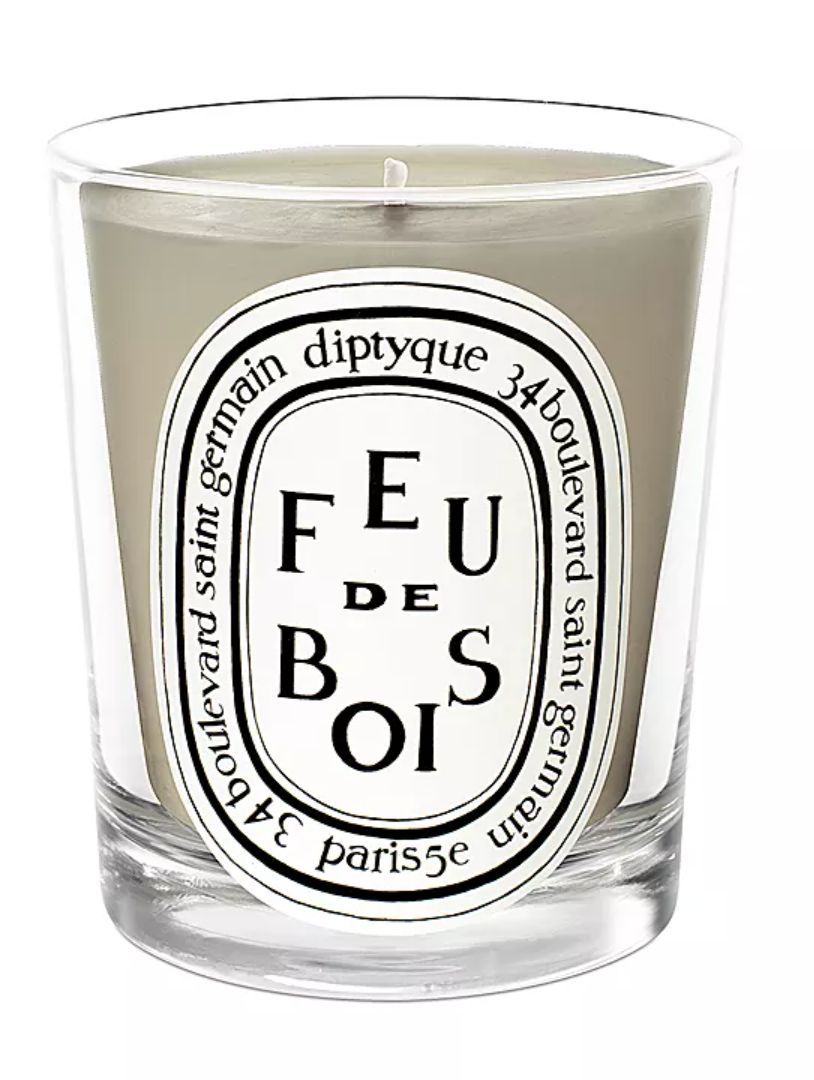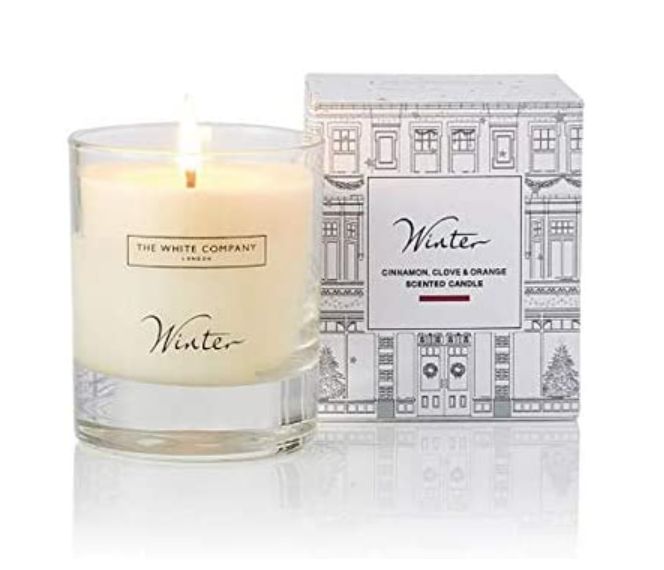We hope you love the products we recommend! All of them were independently selected by our editors. Just so you know, HuffPost UK may collect a share of sales or other compensation from the links on this page if you decide to shop from them. Oh, and FYI — prices are accurate and items in stock as of time of publication.
If you like to cozy up at home at the end of the work day and light a scented candle, you’re hardly alone. The global candle market reached an estimated £5.7bn in revenue in 2021, with forecasts suggesting continued growth up to £8.8bn in 2028.
There’s no shortage of bespoke candle offerings online or at home goods stores, as small businesses continue to crop up with new takes on these waxy sources of light and fragrance. Scroll through TikTok and you’ll find popular channels devoted to analyzing new scents, packaging, burn performance and more.
Needless to say, candle culture is so hot right now (no pun intended). But in this growing market, there’s quite a range in prices. A scented candle can run you from less than £10 to almost £100 and even nearly £1,000.
So how does one determine the best price to target when choosing a candle? We asked experts to break down the difference between cheap and expensive candles ― and what makes a higher price tag worth the purchase.
Price often reflects ingredient quality
“Cheaper candles are made to be cost-effective for the manufacturer, so the quality of ingredients is lesser,” says Kate De Palma, founder and CEO of Scented Designs Candle Co. “This often means synthetic oils that don’t contain any natural essential oils or that do contain harmful ingredients like phthalates, a semi-VOC that can be harmful to reproductive health in humans and animals.”
The type of wax that forms the candle is also a key factor to consider when assessing a product ― and can make a big difference in cost.
“Many cheaper candles are made from paraffin wax, a petroleum byproduct that, when burned, releases compounds similar to what’s found in diesel fumes,” De Palma says. “Cleaner-burning wax alternatives like soy wax, coconut wax, and beeswax are generally more expensive to obtain and not used for cheaper candles.”
Some candle companies use wax blends, so pay attention to potentially misleading language on labels as well.
“Pro tip: Soy wax blends often still contain paraffin wax, which releases harmful toxins and pollutants into the air when burned,” says Adam Ellis, founder of the US candle subscription service Vellabox.
Indeed, a candle only needs to contain 51% soy wax to be marketed as a soy wax blend, so look for options like 100% soy wax candles or blends of soy and coconut wax if you want to avoid paraffin.
The material of the wick can also make a candle more expensive, as wooden ones tend to be pricier than pure cotton, which can cost more than cotton blends.
“Investing in natural, high-quality ingredients can also mean the difference between being able to create a vanilla scented candle and creating something more complex and specific like a sugar cookie scented candle,” says Lauren McCord, general manager of the candle brand Homesick.
“The main differences between boutique candle brands like Homesick and less expensive, mass-produced candle brands are the quality of ingredients used, the complexity of the fragrances, and whether or not the ingredients are sourced ethically.”

Expensive brands tend to offer sophisticated, lasting scents
“A Target candle is fine if you like that, but I find those scents are often a bit one-note, simple, dull,” says Selena Coppock, creator and host of the candle-themed podcast “Two Wick Minimum.” “I find that pricier candles are able to capture more sophisticated scent structures and have that line-up of top note, middle note, base note, and those notes are all accessible to your nose.”
If you discover a particular aroma you like in a pricey candle, you may have a tough time deviating from that product. “Luxury candles often feature signature fragrances unique to their brand,” De Palma says. “Thanks to their proprietary blend of oils, there’s a level of exclusivity that comes with purchasing one of these luxe candles. And if you really love that fragrance, you won’t find it anywhere else.”
Another factor to consider is the “throw,” which refers to how well a candle’s aroma travels before and after it’s lit.
“Cheap candles have a reputation for smelling strongest the first time they are lit and then lacking fragrance in subsequent burns,” De Palma explains. “This can be due to a few factors, including type of wax and amount of fragrance put in the candle. It’s cheaper to manufacture a candle with less oil in it (either synthetic or essential oils), and a low fragrance load will lead to weak scent throw.”
Production processes can vary greatly
“A candle’s price point is the product of a number of different ingredients that range from the scale of the brand’s manufacturing, to the actual ingredients themselves,” McCord says. “In a broad sense, boutique candle brands tend to be more expensive because their products are made in small batches rather than produced at scale to meet the demand of a mass retailer.”
The scale of a brand’s candle production can range from small batches poured by hand to bulk outputs made with heavy machinery at large factories.
“Hand-pouring is a characteristic of many (though not all) higher-end candles that allows for quality control in a way that mass-manufactured, machine-poured candles do not,” De Palma says. “For instance, hand-poured candles can be checked one-by-one to fix cosmetic defects like surface sinkholes or to assure wicks are centered.”
Mass production with machinery allows big candle companies to keep costs low, whereas smaller brands require more craftsmanship, which is often reflected in the cost.
“A small, handcrafted candle business will usually have one or just a few people in charge of production from start to finish,” says Cassi Hall and Dana Reilly, social community managers at CandleScience. “They source the materials, make the candles, work on branding and packaging, do promotion and marketing, package and ship the candles, and perform any customer service if needed. The cost of labor is usually included in the finished candle’s price.”
They noted that a candle with expensive ingredients that has been improperly made is not a good candle, whereas one that’s been properly and thoughtfully manufactured with less expensive ingredients can still smell and burn nicely.
“A larger brand likely either has a production team or private label candle maker to physically make the product and other teams to assist with all of the other steps, and so can be more removed from the process,” Hall and Reilly adds. “They do however have more employees to pay so there will be added cost there.”

There’s a difference in burning experience as well
“Candles that use natural waxes like soy and coconut and quality fragrance oils might be more expensive, but will ultimately give you a higher return on investment by resulting in a cleaner burn,” McCord says.
Ideally, a candle will have a long, even burn performance.
“When you burn a poor quality candle you get sink holes which ruins your candle and doesn’t give you a proper burn which means you wick won’t stay lit,” says Lex Dascoli, founder of Vibes Candles. “Burning a high quality candles will give you a perfect burn, but this also depends on the company and what ingredients they are using.”
The type of wax, number and size of wicks and overall can also impact a candle’s burn time, i.e. how long it will last before it’s time to get a new candle.
“Cheaper corporate candles burn extremely fast,” says Angel Vu, founder and creator of Blow Me Candle Co. “Your luxury handmade candle will last so much longer. Higher quality ingredients make for a longer lasting candle.”
Pricier candles tend to undergo specific testing and manufacturing requirements in order to maximise performance and throw. The combination of ingredients work together to burn evenly and effectively.
“Our candles are all about the perfect balance of fragrance, wax, quantity of wicks, and right wick to reduce sooting, encourage a good wax pool, and minimise mushrooming,” says Cartter Stout Sacchet, creative manager of Paddywax. “All these components compliment each other to create an amazing candle experience. We pour candles at our Nashville factory with an experienced team of chandlers and quality control managers who check and maintain quality through the production line.”
Look and branding can account for higher costs
“Expensive candles may feature unique vessels and luxurious packaging that cheap candles may lack,” De Palma says.
She noted that a recent trend in the candle market is the idea that they’re more than just candles – they’re pieces of home decor that enhance a space through look and fragrance.
“Candles that are poured in gorgeous vessels or hand-carved wooden dough bowls – popular in the farmhouse aesthetic – are essentially works of art,” De Palma explains. “Elevating your home decor with a multi-sensory piece may just be worth a higher price tag.”
Luxury candle makers carry a certain cache that may be less about inherent candle value and more about brand recognition.
“A brand like Diptyque has the advantage of having established themselves in the market as being higher end, so customers expect to pay more for their product,” Hall and Reilly says. “Because of this perceived value, some of what a consumer is paying for is the brand name alone.”
Although smaller companies may have less brand recognition, they may instill trust in consumers through their values, dedication to quality control or compelling story. Attention to detail and design inspiration may also attract brand loyalty. For example, Dascoli tries to ensure the unboxing of a Vibes candle is a special experience.
“Each candle is hand poured, then topped with real crystal chips, labeled and then packaged one by one in our signature iridescent packaging that resembles a crystal,” she explains. “Before I close up the package, I add in a matchbox so that you can set the vibe right out of the package and then lastly place a crystal card inside so that you can read all about the crystal candle you chose.”
So, are expensive candles worth it?
“Yes, it’s worth it to buy a more expensive candle,” De Palma says. “Quality ingredients that lead to a quality experience and won’t give you a headache are worth a higher price point. There is a tipping point, however, when it becomes less about the candle quality and more about the brand name. Luxury candles may not be worth the expense if the only difference is the designer name.”
Subjective factors like brand recognition may take a candle from slightly pricier to exorbitantly expensive. So consider how much those things mean to you.
Buy the candle with better ingredients, Vu says, you don’t necessarily have to buy a high end candle to get to experience a quality candle. “There are plenty of well priced candles under $40 (£35) that will last and fill your space just as well.”
Remember that premium prices don’t guarantee a flawless experience. Coppock points to the phenomenon of tunnelling – when only the centre portion of the wax around the wick burns down, leaving the surrounding section totally unmelted.
“I’ve seen pricey candles where the vessel is too large for the wick – usually it’s a single wick in a vessel that is just a little too large – and they tunnel despite the price tag!” she says. “That drives me batty.”
Thus, it might be better to just choose candles based on your personal preferences for ingredients, scent and brand value. These are somewhat subjective metrics but they make a big difference in your enjoyment of a product. Small, independent candlemakers can offer the best of both worlds, with quality hand-poured candles and no luxury markup based on brand recognition. So if you want to explore all your options, it’s worth familiarising yourself with these businesses.
“At the end of the day, candles provide relaxation and a sense of comfort through fragrance and ambiance,” McCord says. “As a candle lover, I absolutely think they are worth investing in. But that doesn’t always mean they have to break the bank.”

